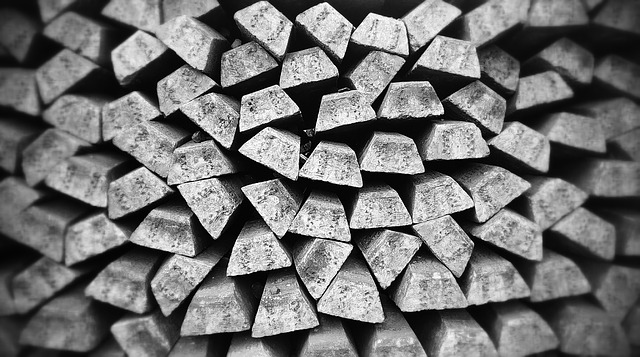What’s the Difference Between Ferrous and Non-Ferrous Metals?
If you’ve ever shopped around for metal, you’ve likely pondered the difference between ferrous and non-ferrous metals. It’s a question that frequently crops up in metal-related conversations and the answer is surprisingly simple: ferrous metals and alloys contain iron while non-ferrous metals do not. But there’s more to it than that. In fact, ferrous and non-ferrous metals have different characteristics, uses, and price points and it’s important to understand these differences when considering which type is most appropriate for your next project. Â Â
The ferrous metal family includes mild steel, carbon steel, cast iron, and wrought iron. With the exception of wrought iron, all of these contain significant amounts of carbon. And this makes them highly susceptible to rust, especially when exposed to the elements. In terms of corrosion resistance, what differentiates wrought iron is its purity. Wrought iron has a very low carbon content (around 0.08%) and that helps it resist oxidation. Rust is actually a very good indicator to go by when identifying ferrous metals. So, if you see rust on a piece of metal, there’s a good chance that it’s of the ferrous variety.
Ferrous metals are typically used in applications where strength and stability are needed. For instance, the ferrous family is used for residential construction, railroad rails, cooking knives, and hardware tools. Since most ferrous metals have magnetic properties and are conductors of electricity, you’ll also find them in things like automobiles and electrical appliances.
Non-ferrous metals include aluminum, brass, nickel, copper, tin, lead, and zinc. In comparison to ferrous metals, non-ferrous metals are lighter in weight, more malleable, and non-magnetic. The difference in weight and malleability make non-ferrous metals more suitable for applications where strength is necessary but weight and flexibility are important factors. For example, non-ferrous metals are typically used for air crafts, gutters, roofing, and other applications where weight is an essential consideration when choosing materials.
In terms of pricing, ferrous metals typically cost less because they’re more readily available. The price of non-ferrous metals, like copper and brass, can actually change drastically in a short amount of time depending on supply and demand. However, aluminum–which is a non-ferrous metal–is usually easy to come by since it’s more easily recyclable than other non-ferrous metals.

